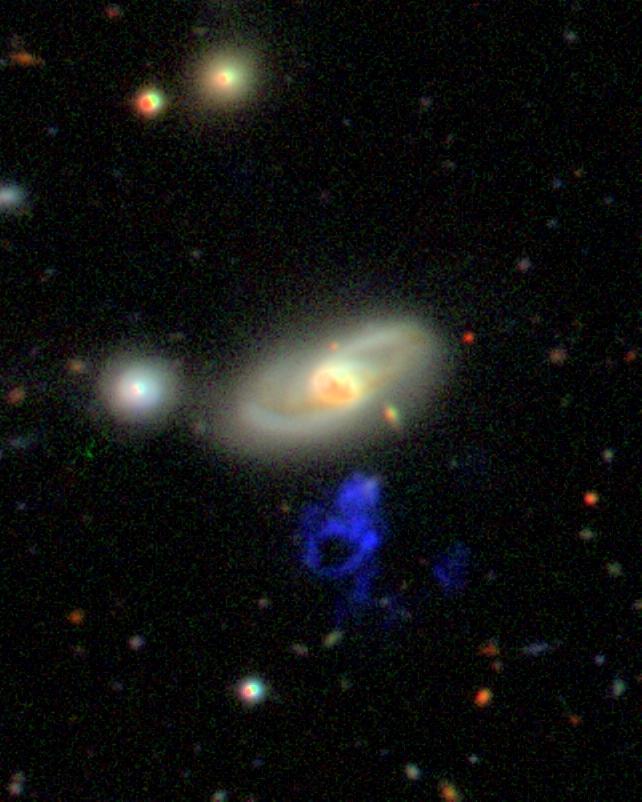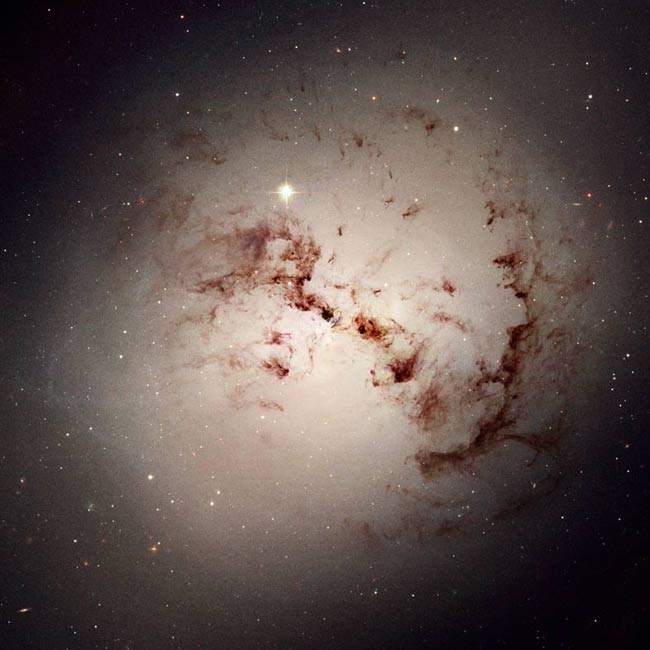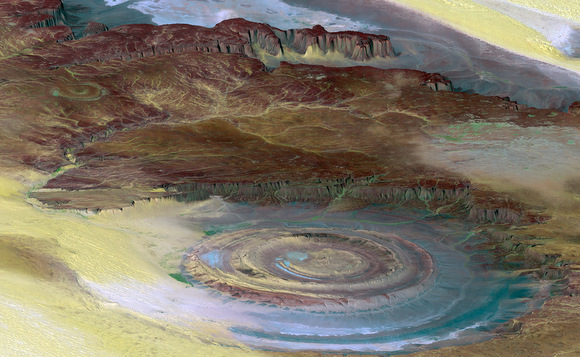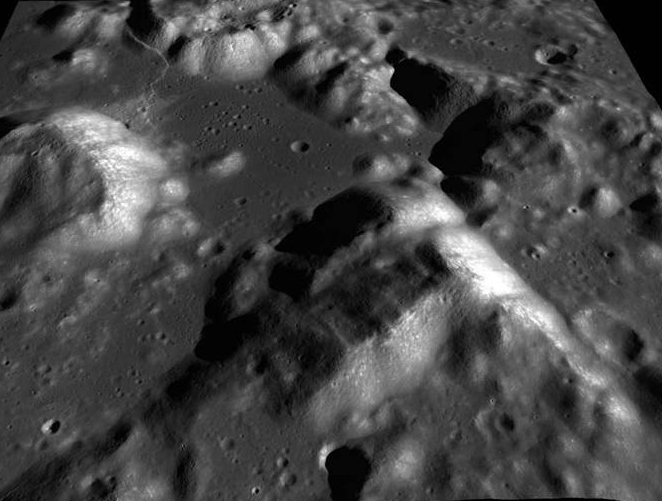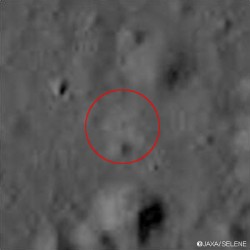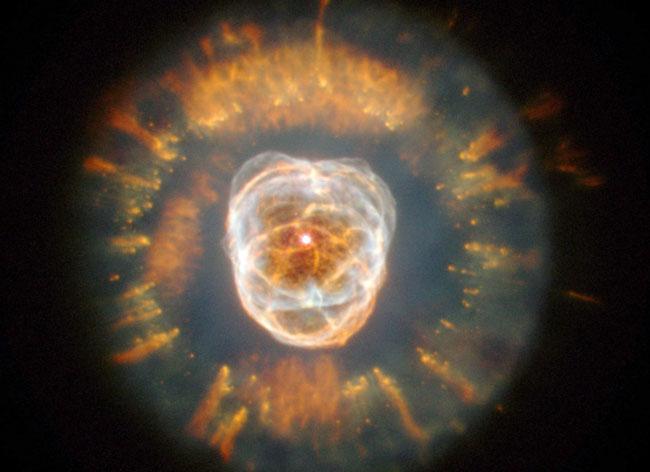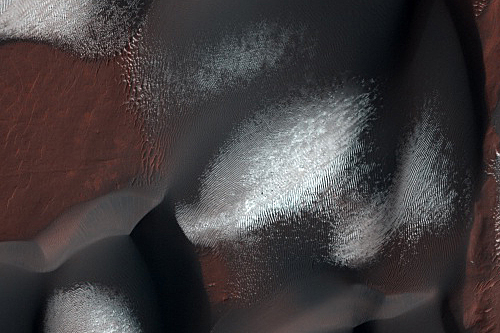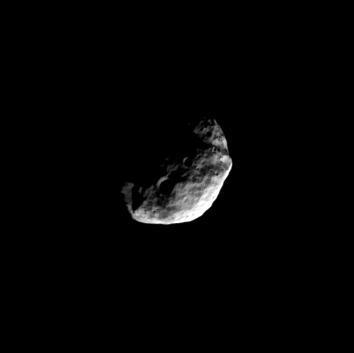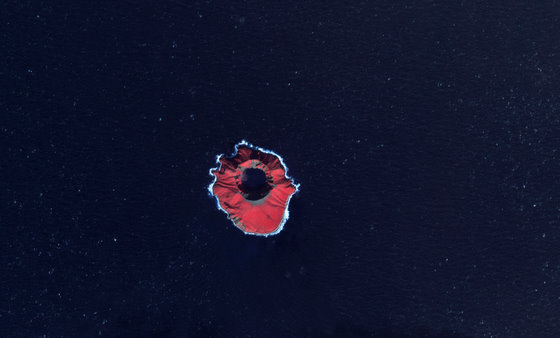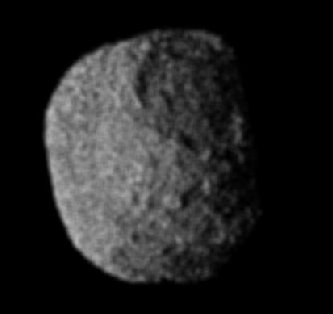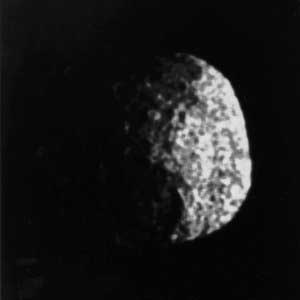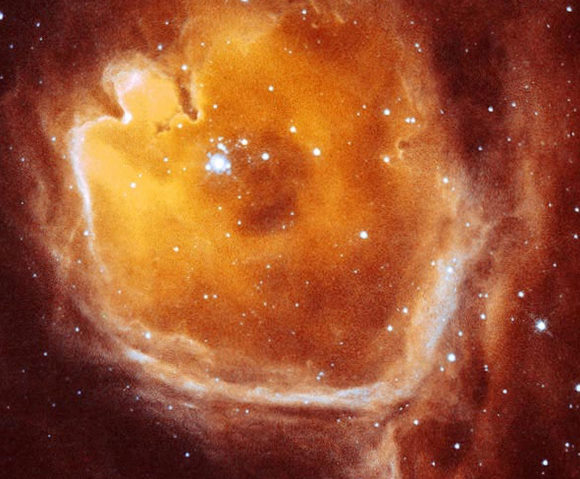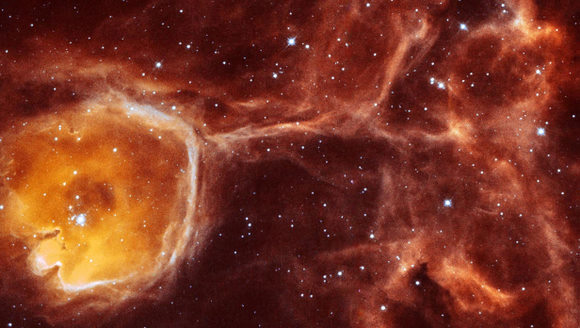Have you seen this image before? You know you have. It’s probably right on the tip of your tongue. This is the image for this week’s “Where In The Universe?” challenge. The goal of this challenge is to test your skills and visual knowledge of our universe. Guess the name of this image, and give yourself extra points if you can guess the telescope or project that this image came from (is that a clue? It’s not from a spacecraft…). As always, don’t peek below before you make your guess. Comments on how you did are welcome.

This image is of “Hanny’s Voorwerp” from the Galaxy Zoo project, which in turn, is part of the Sloan Digital Sky Survey, which uses a 2.5-meter telescope on Apache Point, NM, to scan the sky. ‘Voorwerp’ is Dutch for ‘object’, and ‘Hanny’ refers to Hanny van Arkel, a Dutch school teacher. The voorwerp is the blue blob just below the big galaxy. Hanny found the object as she was classifying galaxies from astronomical images as part Galaxy Zoo’s “citizen science” project, where volunteers classify galaxies as spiral or eliptical. As for what the blob is, no one knows for sure. Yet.
Other spectral images show the blob as green, which is probably closer to how our eyes would actually see it if we were close enough. It’s about 700 million light years from Earth and the Voorwerp itself is about 65,000 light years across.
Hanny’s Voorwerp has been of interest to lots of folks, and an astronomer at the William Herschel telescope at La Palma took a spectrum of the Voorwerp, in an effort to help figure out what it is. The spectrum showed that the Voorwerp is at the same distance as the big galaxy. This implies that it’s really big and luminous.
The the best explanation might be that the Voorwerp got its energy from light that was once emitted by a bright quasar. The big galaxy, called IC 2497 is thought to have once hosted the quasar that lit up Hanny’s Voorwerp.
From the Galaxy Zoo Blog: “What is the Voorwerp? That’s not too clear yet. We have to properly analyse the spectrum to understand what exactly is going on. It’s likely forming stars at a huge rate, ionising lots of gas and making it shine. We’re also trying to get a deeper image to see if there’s evidence of an interaction between the big galaxy and the Voorwerp.”
If you’re not familiar with Galaxy Zoo, check it out. It’s a lot of fun. If you’re good at this challenge, you’d be a great help over at Galaxy Zoo. And who knows? Maybe you could find the next unusual object!

